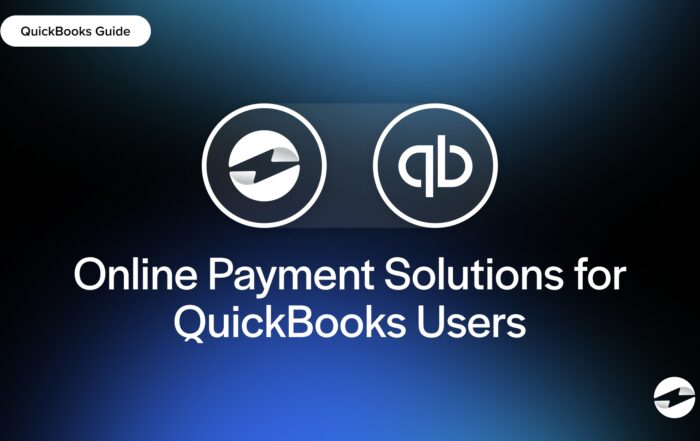What is an interchange rate?
An interchange rate is the fee businesses pay when processing credit or debit card transactions. This fee is set by card networks (Visa, Mastercard, etc.) and is paid to the bank that issued the customer’s card. It helps cover transaction handling costs, fraud prevention, and payment risk. The rate varies based on card type, transaction method (in-person vs online), and business category.
Key Points
- Interchange rates are the fees businesses pay when processing card transactions. Understanding the different pricing models (Interchange Plus vs Flat Rate) can help businesses save on payment processing costs.
Interchange fee example
A local store is processing a $100 payment from a customer who is using a rewards credit card. If the interchange rate for that card is 1.8% plus a fixed fee of $0.10. In this case, the total fee would be $1.90. Out of the $100 payment, $1.90 will go to the bank issuing this rewards credit card.
A payment processor may add its own markup to the transaction, but the interchange fee of 1.8% and the $0.10 are always paid to the bank that issued the rewards credit card.
Interchange plus vs flat rate
Businesses are typically between two pricing models when accepting card payments:
- Interchange Plus: This structure separates the interchange fee from the processor’s markup so businesses can see the costs involved. It’s popular for companies that process high volumes as it can lead to lower overall fees.
- Flat Rate: With this model, the processor charges a fixed percentage (e.g., 2.9% + $0.30 per transaction) regardless of the interchange fee. While this simplifies billing, it can sometimes be more expensive, especially for businesses that process lower-cost debit transactions.
For example, a café using flat rate pricing might pay 2.9% on every sale, which can help make things simpler. The downside is that this can be more expensive and not reflect the actual cost of processing some of the lower-risk methods like debit cards, leading to higher overall fees for the café.
Meanwhile, a larger retailer that uses interchange plus pricing could benefit from lower fees on specific card types. The downside to interchange plus pricing is that it can be more complex and harder to predict, as the business needs to track both the interchange fees and the processor’s markup for each individual transaction.
Understanding interchange rates and pricing models can help a business make informed decisions to save on costs to increase its bottom line.
You May Also Like
Read More
EBizCharge Listed as a 2025 Construction Executive Top Construction Technology Firm
Read More
QuickBooks Payments Fees vs. Lower-Cost Alternatives: 2026 Guide
Read More



